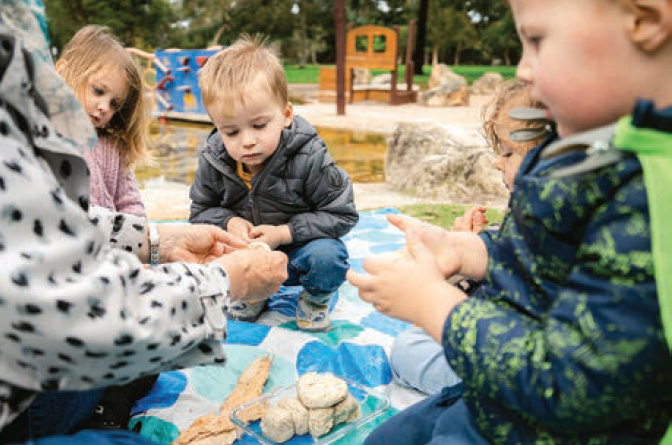Search
Research
The relationship between maternal folate status in pregnancy, cord blood folate levels, and allergic outcomes in early childhoodThis study examined whether maternal and/or fetal folate status in pregnancy is associated with infant allergic outcomes.

The ORIGINS Project is a decade-long longitudinal study of more than 18,000 individuals including mothers, partners and children, as part of a collaboration between The Kids Research Institute Australia and Joondalup Health Campus.
Research
A novel role for interleukin-1 receptor signaling in the developmental regulation of immune responses to endotoxinSuggests that IL-1R1 expression provides an additional level of Myd88-dependent signaling during this period of heighted susceptibility to infection.

News & Events
Australia urged to invest more in early childhood years to avoid crisisThe first major national study into the cost of providing late intervention services to children and young people has called for smarter and wiser expenditure to ensure children receive vital support services at a much earlier stage.
News & Events
WA researchers awarded $9.7 million for ground-breaking child health studiesWA researchers awarded $9.7 million for ground-breaking child health studies
News & Events
High stress burden takes toll on Aboriginal childrenA landmark new report on the social and emotional wellbeing of Aboriginal children
Research
The CASHEW Study - Introducing Cashew Nuts During InfancyDebbie Susan Palmer Prescott BSc BND PhD MBBS BMedSci PhD FRACP Head, Nutrition in Early Life Honorary Research Fellow debbie.palmer@uwa.edu.au
Research
World Allergy Organization-McMaster University Guidelines for Allergic Disease Prevention (GLAD-P): ProbioticsPrevalence of allergic diseases in infants, whose parents and siblings do not have allergy, is approximately 10% and reaches 20-30% in those with an allergic...
Research
Spatial and temporal variation in type 1 diabetes incidence in Western Australia from 1991 to 2010: Increased risk at higher latitudes and over timeThis study analysed spatial and historical variation in childhood incidence of type 1 diabetes mellitus (T1DM) among Western Australia's 36 Health Districts...
Research
Behavior Change Techniques Involved in Physical Activity Interventions for Children with Chronic Conditions: A Systematic ReviewBehavior change techniques (BCTs) have been extensively used in physical activity interventions for children, however, no systematic reviews have synthesized their effects.
